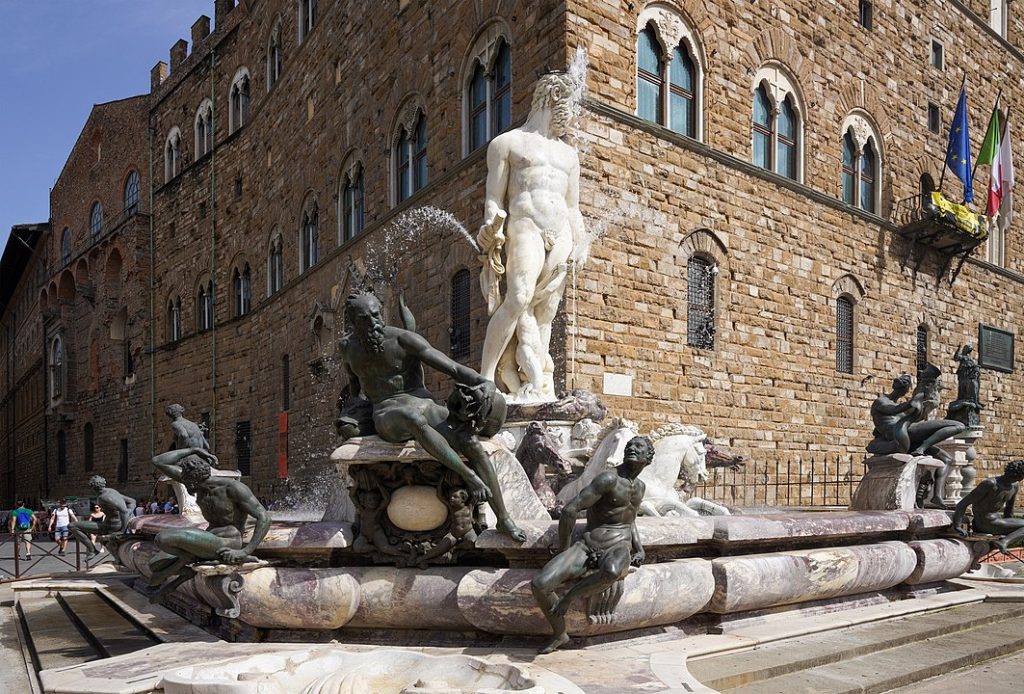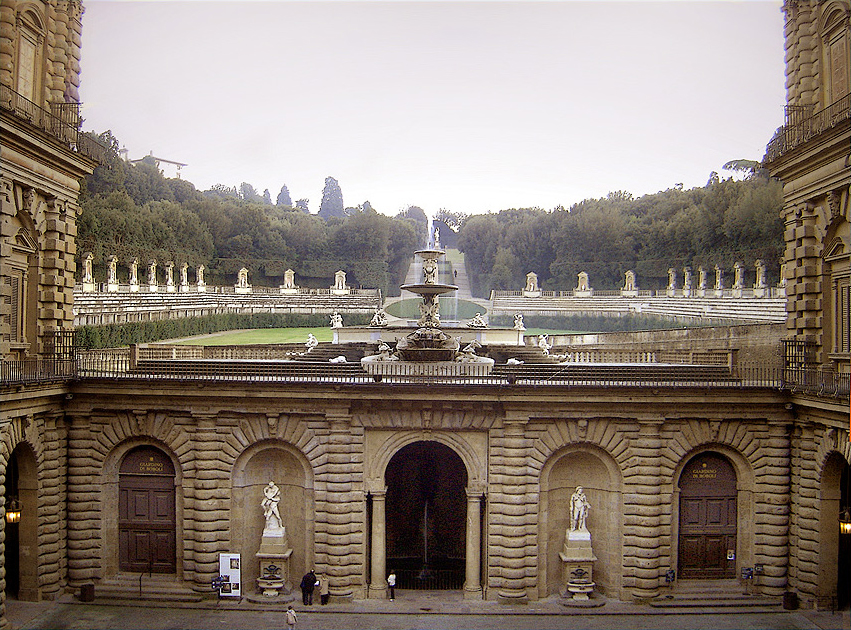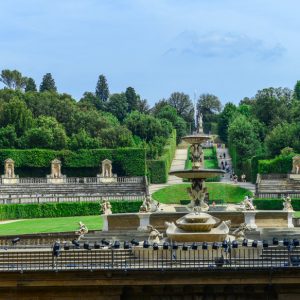Bartolomeo Ammannati, born on 18th June 1511, in Settignano, near Florence, is a prominent figure in the annals of Renaissance art and architecture. As both a sculptor and architect, Ammannati’s works reflect the grandeur and elegance of the period, blending classical traditions with innovative Renaissance ideals.
Ammannati’s journey into the world of art began under the tutelage of prominent sculptors such as Baccio Bandinelli and Jacopo Sansovino. This early training laid a solid foundation for his dual career in sculpture and architecture. Settignano, known for its rich tradition of stone carving, provided an ideal backdrop for Ammannati’s burgeoning talent.
Major Sculptural Works
Ammannati’s sculptural works are celebrated for their dynamism and expressive detail. Among his most famous pieces is the “Fountain of Neptune” in Florence’s Piazza della Signoria. Commissioned in 1565, the fountain showcases Neptune, the Roman god of the sea, surrounded by a host of mythological figures. Despite initial criticism for its unconventional depiction of Neptune, the fountain has since become a quintessential symbol of Florentine art.

Another significant work is the “Leda and the Swan,” a marble statue reflecting Ammannati’s mastery in capturing sensuality and movement. His ability to infuse life into marble is evident in the delicate interplay of forms and the graceful composition of this mythological scene.
Architectural Achievements
In addition to his prowess as a sculptor, Ammannati made substantial contributions to Renaissance architecture. His architectural style is characterised by a harmonious blend of classical elements and contemporary innovations.
One of his notable projects is the construction of the Pitti Palace’s courtyard in Florence. His redesign incorporated elegant arches and a sense of spaciousness, enhancing the palace’s grandeur and functionality.

Ammannati’s architectural genius is also evident in the Jesuit church of Sant’Ignazio in Rome, where his work on the facade demonstrated a keen understanding of proportion and decorative detail.
Later Life and Legacy
Bartolomeo Ammannati’s later years were marked by a shift towards religious themes, influenced by his association with the Jesuit order. This period saw a refinement in his artistic approach, with a deeper focus on spiritual expression. However, he continued to receive prestigious commissions.
Ammannati passed away on April 13, 1592, in Florence. He left all his possessions to the Jesuits and was buried in the Church of San Giovannino degli Scolopi in the San Lorenzo district of Florence, alongside his wife, which he had designed for the Jesuits.





